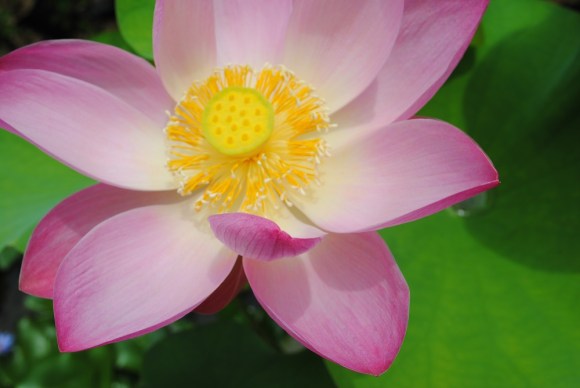
Today we’re introducing you to the basics of Japanese Buddhism, plus highlighting some of the Buddhist images you’ll see in Japan and help you distinguish them from Shinto ones.
There are two main religions in Japan: Buddhism and Shinto. Shinto is Japan’s indigenous religion, and is an animist belief system which worships nature and incorporates over 8 million kami (gods or deities). Buddhism, on the other hand, made its way from mainland Asia to Japan around the 6th Century. Rather than replacing Japan’s original religion, however, Buddhism found a complementary role, and many modern Japanese identify as being both Buddhist and Shinto. Buddhist temples were built on grounds already thought to be sacred according to Shinto, and so today we have both Shinto shrines and Buddhist temples standing alongside one another.
Although Shinto and Buddhism are distinct entities, there is a blurring of the two. In the countryside, like where I live, the Buddhist priest may perform Shinto rituals as well as Buddhist. This amalgamation is one reason Japanese identify with both belief systems and take part in ceremonies belonging to either one, depending on the occasion.
▼ Deities on a Buddhist pilgrimage route are placed underneath a sacred Shinto rock, a perfect example of the blending of Shinto and Buddhism (don’t know about the cat).
Just like there are Christian roots to many aspects of Western thought, so it is that the Japanese ethos is made up of a blend of animist and Buddhist beliefs. You might not recognize the Buddhist influence in Japanese society right away, because Buddhism isn’t necessarily overtly taught. It’s more a fabric of society and instilled in children in the way they are raised and educated. Principals such as harmony, reticence, and making the utmost effort, as well as minimalist architecture and design, are all representative of Japanese core Buddhist values. Icons of the Japanese arts such as Tea Ceremony and ikebana were perfected by Buddhist priests. Zen had a profound influence on Japan’s warrior class and thus the martial arts. One could say that Japan has a Shinto background but a Buddhist soul.
Types of Buddhism in Japan
▼ A zen rock garden
While Zen Buddhism is most familiar to people in the West, in Japan there are many popular sects including Zen, Shingon, Pureland, Nichiren and Tendai. There are at least a dozen other sects and schools scattered throughout the country.
Mt. Koya, is the headquarters of Shingon Buddhism and Mt. Hiei, a mountain in Kyoto, which includes Enrakuji Temple, is the headquarters of the Tendai sect of Buddhism. Both Koyasan and Hiezan are World Heritage Sites and common destinations on a trip to Japan.
Shakyamuni Buddha
The Buddha is portrayed differently depending on the culture. While the Cambodian Buddha below is pictured wearing garlands and orange robes, he is usually portrayed in a more sober atmosphere in Japanese Buddhism, devoid of color and spangles.
In Japan, the historical Buddha is called Shakyamuni Buddha, though he was not born with the name Buddha, of course. Like many famous people, he took his current name only after he had achieved some notoriety. His given name was Siddhartha. Siddhartha was born in Lumbini, Nepal, as a prince. He left the palace at 26 years of age to search for the meaning of life. After six years, he found it while meditating under a tree, now called the Bodhi Tree, for 49 days.
After reaching enlightenment, Siddhartha took the name Buddha, which means “awakened one.”
The Buddha taught people to find fulfillment by living a modest life devoid of greed and self-indulgence and by understanding the true nature of the mind. He said that suffering is a result of ignorance which comes from attachment to and craving things. If you get rid of those, you will rid yourself of suffering. He instructed people to reach this state by cultivating proper understanding, thought, speech, action, livelihood, effort, mindfulness, and concentration. Buddhism teaches that all things and all movements in the universe are related to one another.
Buddhist Structures
Temples
Buddhist temples house Buddhist deities and sacred objects. You may have heard that the temple bell is hit 108 times at the Japanese New Year. Each gong represents one of our 108 bonno, or defilements.
▼ The temple bell is hit 108 times at the New Year.
These 108 sins are the roots of human suffering and what Buddhism attempts to ascend while taming our mental vicissitudes. We should work to eliminate anger, ignorance, and greed (three of the 108 defilements) from ourselves and our actions, for example. We should aspire to seek solutions rather than get angry, aim to accept rather than discriminate, and attempt to understand rather than remain ignorant. Once you’ve achieved that, you have 105 more evils to work on.
Pagodas
▼ Nachi Falls, a World Heritage site and one of Japan’s most photographed spots.
Pagodas, which look like Seiganto-ji pictured above, are Buddhist structures that symbolize the five-fold cosmic forces: earth, water, fire, wind, and space.
Elements of Japanese Buddhism
Meditation
▼ Meditating Buddha in Kamakura. Very sober.
One of the ways to attain these Buddhist ideals is through meditation. Perhaps the most famous practitioner of meditation, is Daruma (Bodhi Darma), the father of Zen Buddhism who lived in the fifth and sixth centuries. Legend says that he meditated in a cave for seven years before finally reaching enlightenment. He ruminated for so long that his arms and legs atrophied and fell off, leaving just his trunk!
▼ A Daruma doll with no arms or legs
Daruma dolls are usually painted bright red and can be seen all over Japan in shops and restaurants. People buy them at festivals for good luck. They are round dolls with large eyes, so they look more like owls with no feet. The eyes are black but the custom is to sell them with no eyes filled in, or sometimes just one eye filled in. When one buys a Daruma doll, they make a wish and fill in one eye. When the wish is fulfilled, the other eye is filled in. There is a Japanese proverb: Nana korobi yaoki which means, “If you fall down seven times, get up eight” a reference to the Daruma doll which, every time it is knocked over, comes back up. The Daruma doll embodies the “never give up” spirit.
▼ Another style of Daruma doll, these have your omikuji fortune inside of them.
Enlightenment
The ultimate goal of Buddhism is enlightenment. The lotus flower is a symbol of enlightenment and mirrors the process of achieving this distinction. Everyone starts as a closed blossom, or even just a mere leaf. Only when we begin to lose our biases does the lotus blossom begin to open.
▼ Not yet enlightened…
Lotus blossoms appear symbolically all over Japan too. Koyasan in Wakayama lies in a basin surrounded by eight mountain peaks, giving it the appearance of a blooming lotus. The “lotus position,” is used in meditation. The Japanese partake in lotus flower viewing. Deities in Japan are almost always sitting on lotus flowers.
▼ Ahhh, enlightenment! The lotus has opened fully.
Pilgrimage
One vehicle to enlightenment is pilgrimage.
▼ A shrine along one of the hundreds of Buddhist pilgrimages in Western Japan.
Pilgrimages are a part of both Buddhism and Shinto practice. The difference is that Buddhist pilgrimages tend to be circuits, where one visits a set number of holy places (temples, shrines or natural sites like waterfalls), and ends up back in the same position where he started. Shinto pilgrimages on the other hand, tend to be linear, like the Kumano Kodo, where you go to a spiritual place to worship and come back.
Honji-suijaku
Honji-suijaku, is the idea that the Shinto gods are incarnations of Buddhas and Bodhisattvas.
▼ A deity, standing on a lotus of course
The pantheon of Shinto gods was brought into the fray as an effort to smoothly integrate Shingon Buddhism with Shinto. In this way, Buddhist temples and Shinto shrines were able to combine and coexist.
Fire Ceremonies
▼ The fire ceremony invokes the fire god Fudomyo-o.
Fudomyo-o protects all living beings and helps them reach enlightenment by burning or cutting away their defilements. He is also sometimes called the Remover of Obstacles. Try to find one of these fascinating fire ceremonies to attend while you’re in Japan.
Mandala
Buddhism uses mandala to make sense of the cosmic forces of nature. The mandala below is used to represent harmony among deities and the cosmos and serves as a spiritual map of the universe.
▼ Mandala are hard to photograph as they are usually hidden inside temples. That’s my excuse, anyway.
Funerals
Japanese funerals are Buddhist. One oft-repeated maxim is that “Shinto celebrates life and Buddhism death.” So while most Japanese people have a Shinto wedding, they also have a Buddhist funeral. The Obon period in August is a holiday when it is believed that the ancestors come back to visit their home towns.
▼ Japanese cemetery
When the Buddha passed away, his body was cremated and his ashes were placed in monuments around the world, where people could still visit him to pay their respects. This is how Buddha’s finger occasionally goes on tour and makes the rounds of the world via special exhibits.
If the Buddha were still alive today, he’d be 2,550 years old, give or take a few hundred years. But you can still visit him in one of the many dedicated monuments that hold his ashes in Japan (and the rest of the world).
All images © Amy Chavez/RocketNews24

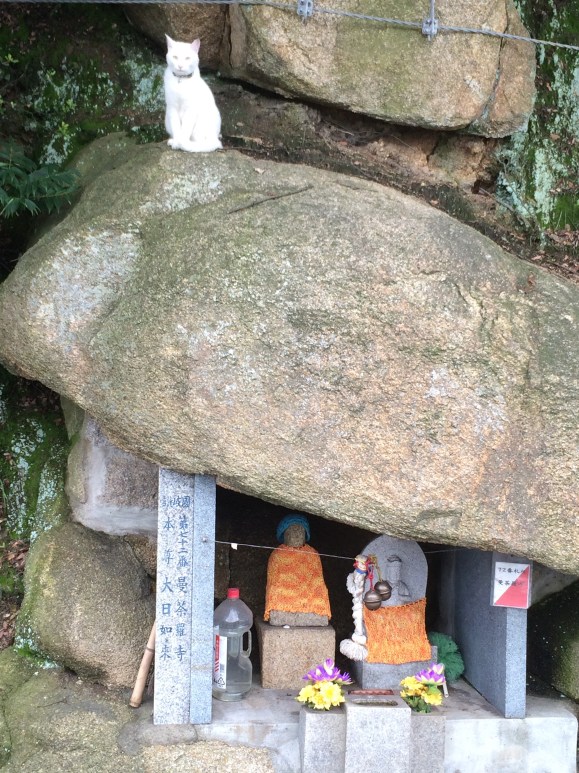
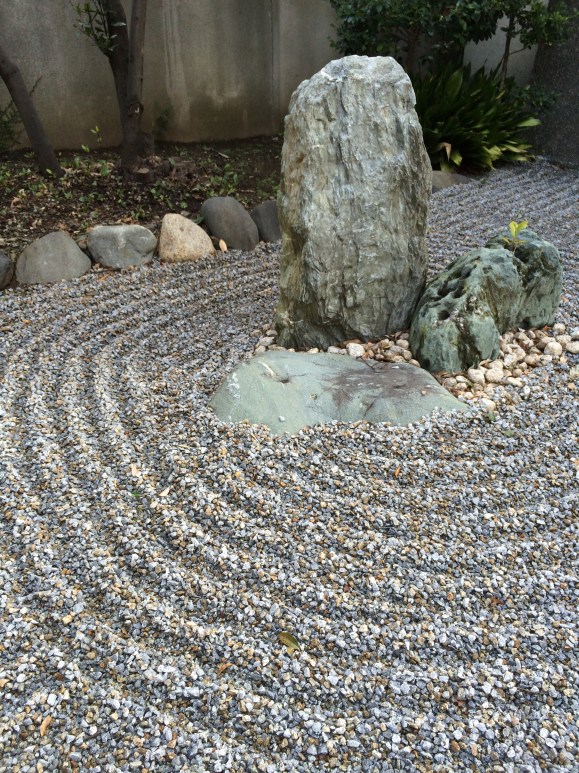
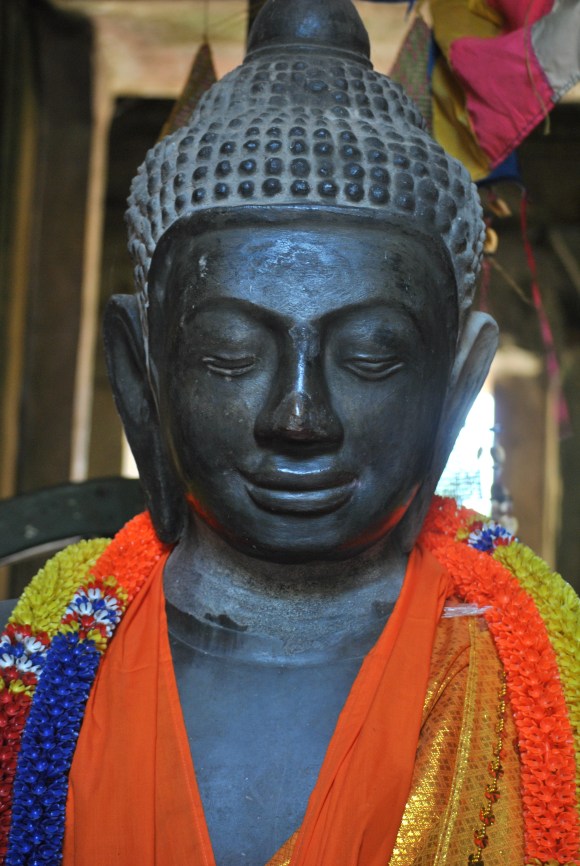
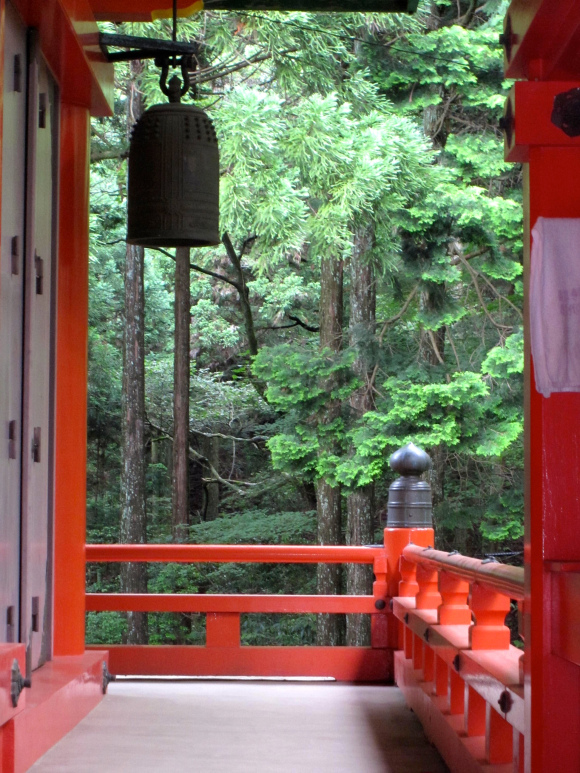
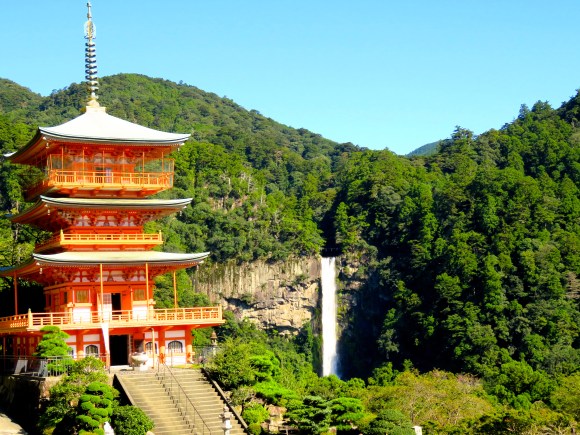
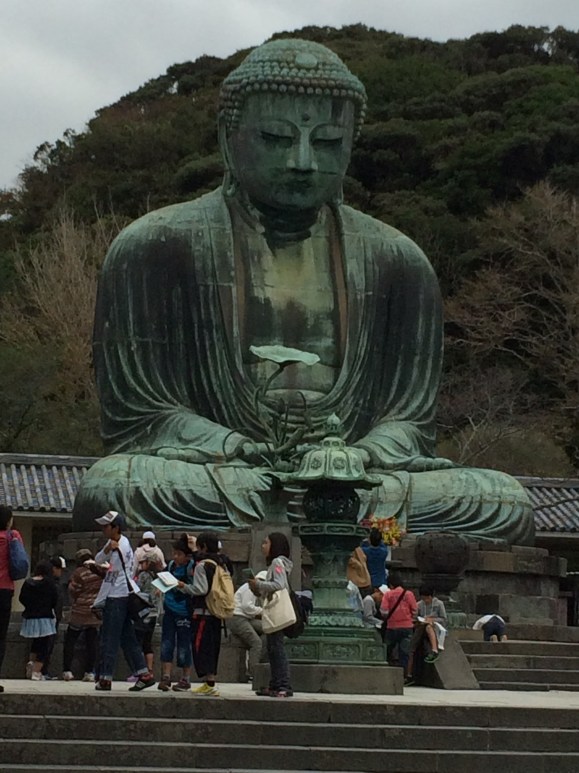
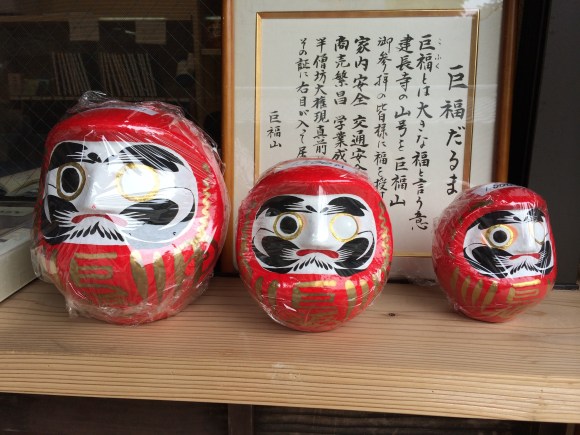
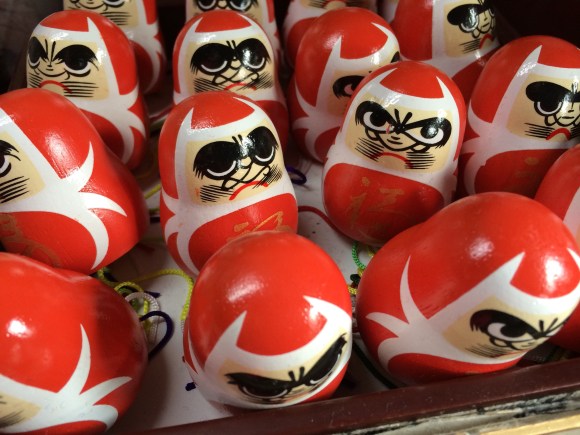
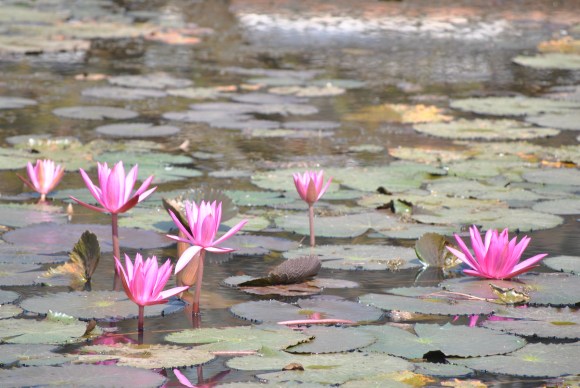
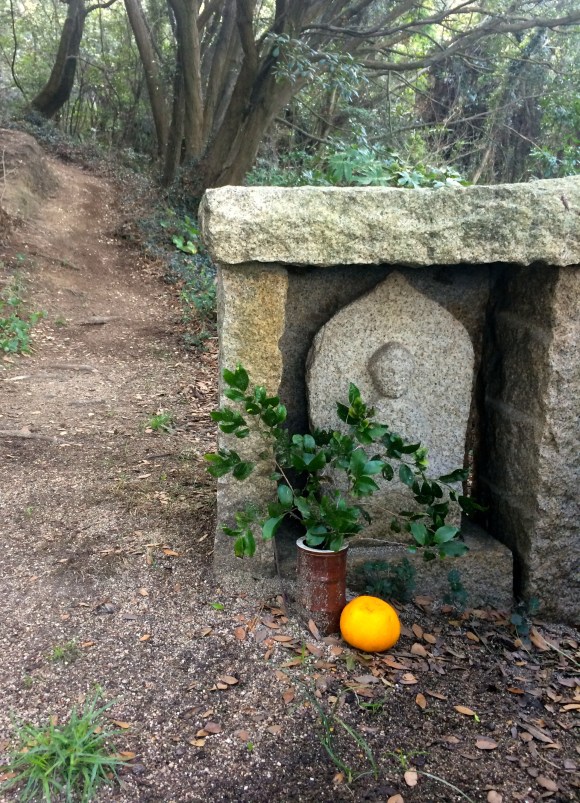
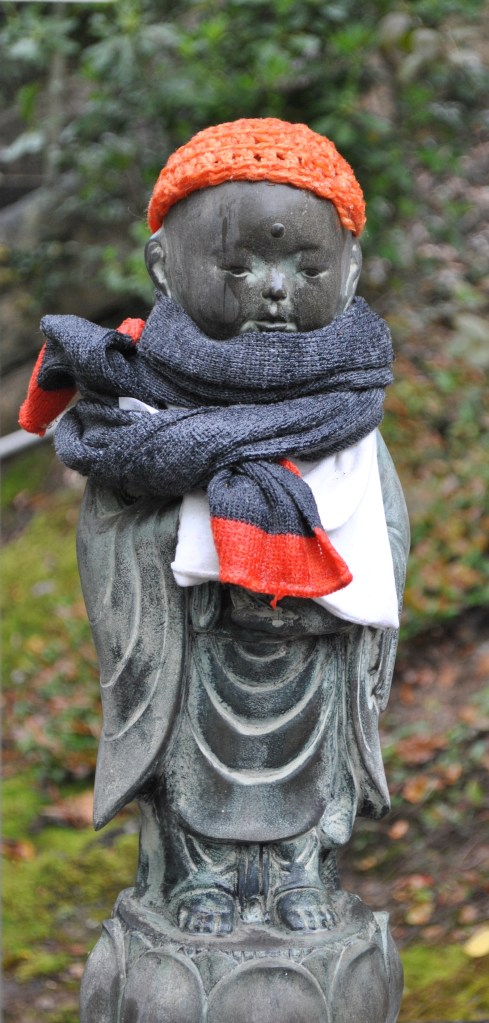
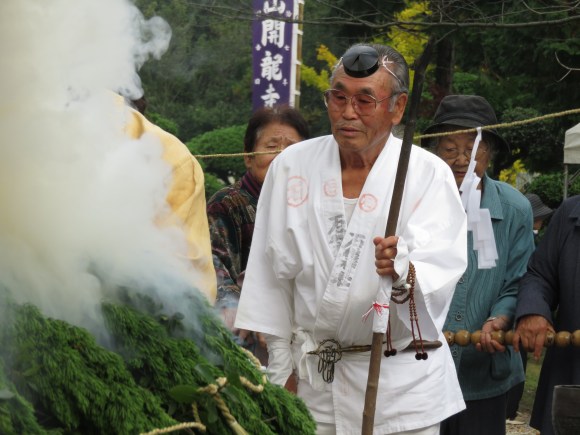
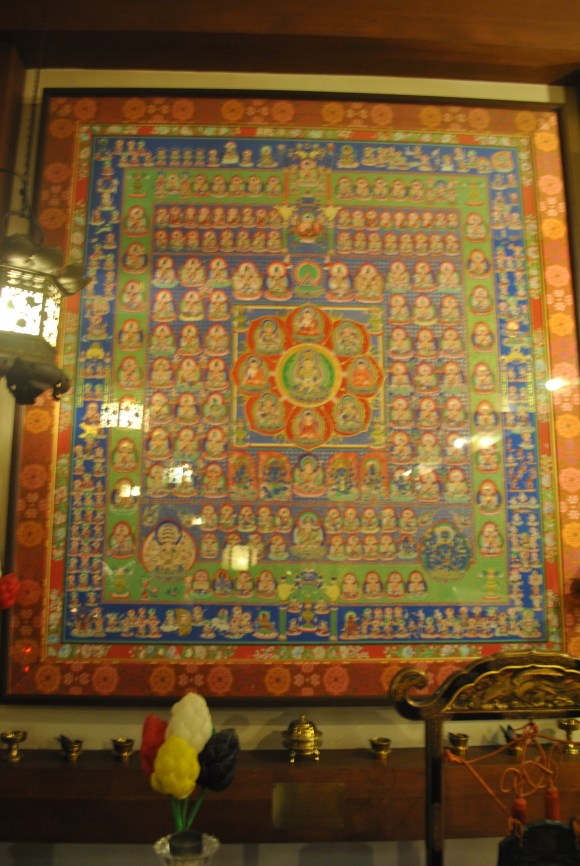
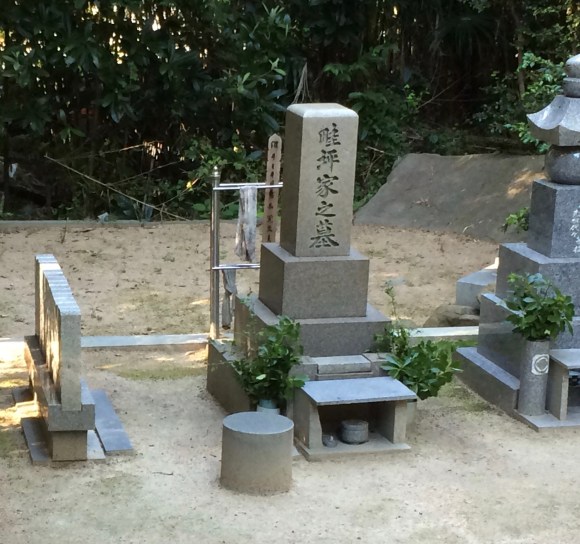
 Kyoto temple goes modern with Techno Memorial combining music and lights with Buddhist Festival
Kyoto temple goes modern with Techno Memorial combining music and lights with Buddhist Festival Buddhist temple singles parties: The enlightened way to find a romantic partner
Buddhist temple singles parties: The enlightened way to find a romantic partner Real Buddhist monk shows off hot (and sweet) EDM dance moves in Mount Koya video
Real Buddhist monk shows off hot (and sweet) EDM dance moves in Mount Koya video Travel around Japan with stunning videos from the 4K ultra HD video library
Travel around Japan with stunning videos from the 4K ultra HD video library Refresh your mind, body, and soul at Temple Camp Daitaiji, the first temple to open to campers
Refresh your mind, body, and soul at Temple Camp Daitaiji, the first temple to open to campers McDonald’s new Happy Meals offer up cute and practical Sanrio lifestyle goods
McDonald’s new Happy Meals offer up cute and practical Sanrio lifestyle goods Studio Ghibli glasses cases let anime characters keep an eye on your spectacles
Studio Ghibli glasses cases let anime characters keep an eye on your spectacles All-you-can-drink Starbucks and amazing views part of Tokyo’s new 170 meter-high sky lounge
All-you-can-drink Starbucks and amazing views part of Tokyo’s new 170 meter-high sky lounge Beautiful Sailor Moon manhole cover coasters being given out for free by Tokyo tourist center
Beautiful Sailor Moon manhole cover coasters being given out for free by Tokyo tourist center Super Nintendo World expansion gets delayed for several months at Universal Studios Japan
Super Nintendo World expansion gets delayed for several months at Universal Studios Japan Mister Donut ready to make hojicha dreams come true in latest collab with Kyoto tea merchant
Mister Donut ready to make hojicha dreams come true in latest collab with Kyoto tea merchant More foreign tourists than ever before in history visited Japan last month
More foreign tourists than ever before in history visited Japan last month 11 different ways to say “father” in Japanese
11 different ways to say “father” in Japanese Kyoto’s 100 Demons yokai monster parade returns!
Kyoto’s 100 Demons yokai monster parade returns! Japanese netizens outraged over famous YouTube channel’s treatment of hamsters【Videos】
Japanese netizens outraged over famous YouTube channel’s treatment of hamsters【Videos】 Disney princesses get official manga makeovers for Manga Princess Cafe opening in Tokyo
Disney princesses get official manga makeovers for Manga Princess Cafe opening in Tokyo Starbucks reopens at Shibuya Scramble Crossing with new look and design concept
Starbucks reopens at Shibuya Scramble Crossing with new look and design concept Beautiful new Final Fantasy T-shirt collection on the way from Uniqlo【Photos】
Beautiful new Final Fantasy T-shirt collection on the way from Uniqlo【Photos】 Is the new Shinkansen Train Desk ticket worth it?
Is the new Shinkansen Train Desk ticket worth it? Foreign English teachers in Japan pick their favorite Japanese-language phrases【Survey】
Foreign English teachers in Japan pick their favorite Japanese-language phrases【Survey】 Japanese convenience store packs a whole bento into an onigiri rice ball
Japanese convenience store packs a whole bento into an onigiri rice ball We try out “Chan Ramen”, an underground type of ramen popular in the ramen community
We try out “Chan Ramen”, an underground type of ramen popular in the ramen community Studio Ghibli releases Kiki’s Delivery Service chocolate cake pouches in Japan
Studio Ghibli releases Kiki’s Delivery Service chocolate cake pouches in Japan Japan’s bone-breaking and record-breaking roller coaster is permanently shutting down
Japan’s bone-breaking and record-breaking roller coaster is permanently shutting down New definition of “Japanese whiskey” goes into effect to prevent fakes from fooling overseas buyers
New definition of “Japanese whiskey” goes into effect to prevent fakes from fooling overseas buyers Our Japanese reporter visits Costco in the U.S., finds super American and very Japanese things
Our Japanese reporter visits Costco in the U.S., finds super American and very Japanese things Studio Ghibli unveils Mother’s Day gift set that captures the love in My Neighbour Totoro
Studio Ghibli unveils Mother’s Day gift set that captures the love in My Neighbour Totoro Foreign passenger shoves conductor on one of the last full runs for Japan’s Thunderbird train
Foreign passenger shoves conductor on one of the last full runs for Japan’s Thunderbird train Domino’s Japan now sells…pizza ears?
Domino’s Japan now sells…pizza ears? New Japanese KitKat flavour stars Sanrio characters, including Hello Kitty
New Japanese KitKat flavour stars Sanrio characters, including Hello Kitty Kyoto creates new for-tourist buses to address overtourism with higher prices, faster rides
Kyoto creates new for-tourist buses to address overtourism with higher prices, faster rides Sales of Japan’s most convenient train ticket/shopping payment cards suspended indefinitely
Sales of Japan’s most convenient train ticket/shopping payment cards suspended indefinitely Sold-out Studio Ghibli desktop humidifiers are back so Totoro can help you through the dry season
Sold-out Studio Ghibli desktop humidifiers are back so Totoro can help you through the dry season Japanese government to make first change to romanization spelling rules since the 1950s
Japanese government to make first change to romanization spelling rules since the 1950s Ghibli founders Toshio Suzuki and Hayao Miyazaki contribute to Japanese whisky Totoro label design
Ghibli founders Toshio Suzuki and Hayao Miyazaki contribute to Japanese whisky Totoro label design Doraemon found buried at sea as scene from 1993 anime becomes real life【Photos】
Doraemon found buried at sea as scene from 1993 anime becomes real life【Photos】 Tokyo’s most famous Starbucks is closed
Tokyo’s most famous Starbucks is closed One Piece characters’ nationalities revealed, but fans have mixed opinions
One Piece characters’ nationalities revealed, but fans have mixed opinions We asked a Uniqlo employee what four things we should buy and their suggestions didn’t disappoint
We asked a Uniqlo employee what four things we should buy and their suggestions didn’t disappoint Princesses, fruits, and blacksmiths: Study reveals the 30 most unusual family names in Japan
Princesses, fruits, and blacksmiths: Study reveals the 30 most unusual family names in Japan This little-known temple in rural Japan has a giant Buddha bigger than Kamakura’s or Nara’s【Pics】
This little-known temple in rural Japan has a giant Buddha bigger than Kamakura’s or Nara’s【Pics】 “Buddhists’ Disneyland” the Pure Land Cave is the trippiest place on earth
“Buddhists’ Disneyland” the Pure Land Cave is the trippiest place on earth Buddhist metaverse “Teraverse” in development at Kyoto University, includes AI Buddha
Buddhist metaverse “Teraverse” in development at Kyoto University, includes AI Buddha Afro Buddha, usually only displayed one day a year, gets rare extended viewing until mid-October
Afro Buddha, usually only displayed one day a year, gets rare extended viewing until mid-October TripAdvisor Japan announces the country’s 10 favorite shrines and temples
TripAdvisor Japan announces the country’s 10 favorite shrines and temples Giant Buddhist pagoda and Kannon statue in Fukuoka Prefecture look like a theme park
Giant Buddhist pagoda and Kannon statue in Fukuoka Prefecture look like a theme park Tokyo’s Tsukiji Hongan Temple opens a cafe, breakfast set has 16 side dishes!
Tokyo’s Tsukiji Hongan Temple opens a cafe, breakfast set has 16 side dishes! Buddhist temples in Japan get digital upgrade with new techno wooden fish【Video】
Buddhist temples in Japan get digital upgrade with new techno wooden fish【Video】 Fed up of romance sims? Buddhist-themed visual novel coming to Android and iOS
Fed up of romance sims? Buddhist-themed visual novel coming to Android and iOS Daruma Man: The Japanese gacha capsule toy series we never knew we needed
Daruma Man: The Japanese gacha capsule toy series we never knew we needed Purify the hate of Internet jeers with Japanese temple’s first online ceremonial fire
Purify the hate of Internet jeers with Japanese temple’s first online ceremonial fire A visit to Japan’s centuries-old boob temple
A visit to Japan’s centuries-old boob temple Earn points by visiting temples throughout Japan with Buddhist sect’s upcoming app
Earn points by visiting temples throughout Japan with Buddhist sect’s upcoming app “Pop” daruma dolls so popular you’ll have to wait three years to get one
“Pop” daruma dolls so popular you’ll have to wait three years to get one Japanese foundation tests mobile meditation truck in Osaka city with promising results
Japanese foundation tests mobile meditation truck in Osaka city with promising results Vegetables are smarter than fruits: Three high IQ Japanese veggies
Vegetables are smarter than fruits: Three high IQ Japanese veggies
Leave a Reply